

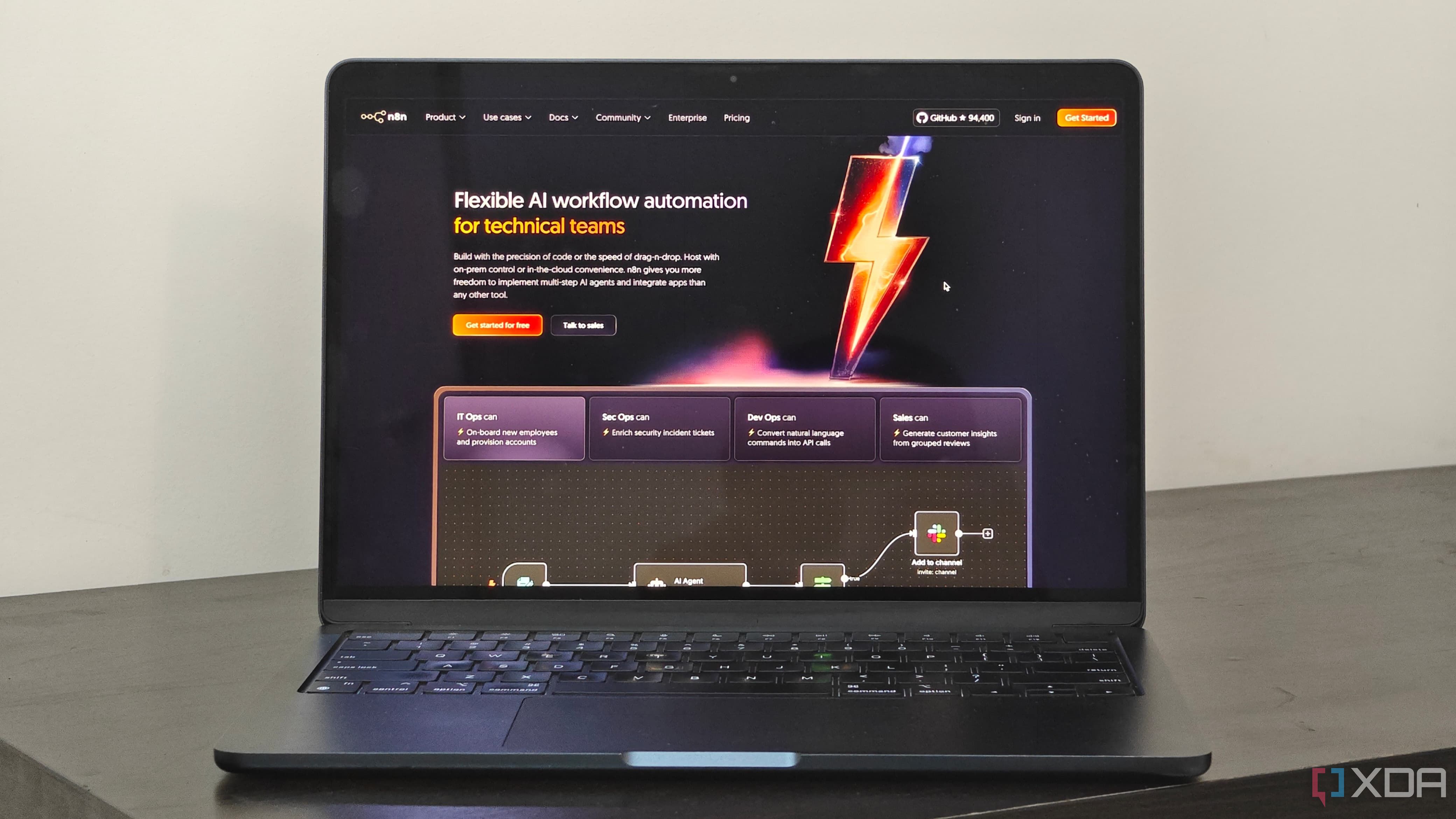
n8n has quickly carved out a strong reputation in the world of workflow automation due to its open-source roots and highly adaptable visual editor. Unlike closed, commercial tools like Zapier or Make, n8n offers users the flexibility to self-host for free or scale up with cloud plans as needed, sidestepping the subscription creep that often plagues other platforms. As a result, both individuals and organizations are leveraging n8n to automate repetitive digital processes—ranging from email sorting and social media scheduling to multi-step business logic across popular integrations like Google Drive, Notion, Slack, and custom webhooks.
Real-world users frequently highlight the benefits of n8n's drag-and-drop interface, which allows even non-developers to visualize and build complex workflows quickly. For instance, a small marketing agency can automate its entire lead nurturing process: when a new inquiry arrives, n8n fetches information from web forms, pings the CRM, triggers follow-up emails, and even logs the progress to Notion—all automatically, and without a single line of code. This automation not only eliminates hours of manual data entry but also reduces human error and ensures tasks are never forgotten. Experts often emphasize that the key advantage with n8n is its community-driven development. The platform is continuously enriched with connectors for newer apps and APIs, enabling users to stay at the forefront of digital integration trends.
From an operational standpoint, businesses find that introducing n8n often leads to measurable productivity jumps. Workflow bottlenecks disappear, and teams can reallocate their effort towards strategy and innovation. For solo entrepreneurs and freelancers, automating tedious tasks like invoice reminders, file backups, or even social media content curation can create more margin for creative or billable work. As noted by industry analysts, this growing demand for low-code automation tools is tied to the broader push for "digital transformation"—where organizations seek more efficient, adaptable, and self-serve tech solutions. n8n’s modular architecture makes it possible to start simple but expand automation as expertise and integration needs grow.
Looking ahead, n8n’s trajectory signals a shift in how people relate to software. Rather than being locked into proprietary limits, users have agency to shape, expand, and maintain their own automated systems. Whether you’re a seasoned tech professional or an automation novice, investing time in mastering n8n can repay itself with compounding gains in productivity, accuracy, and personal or business satisfaction.
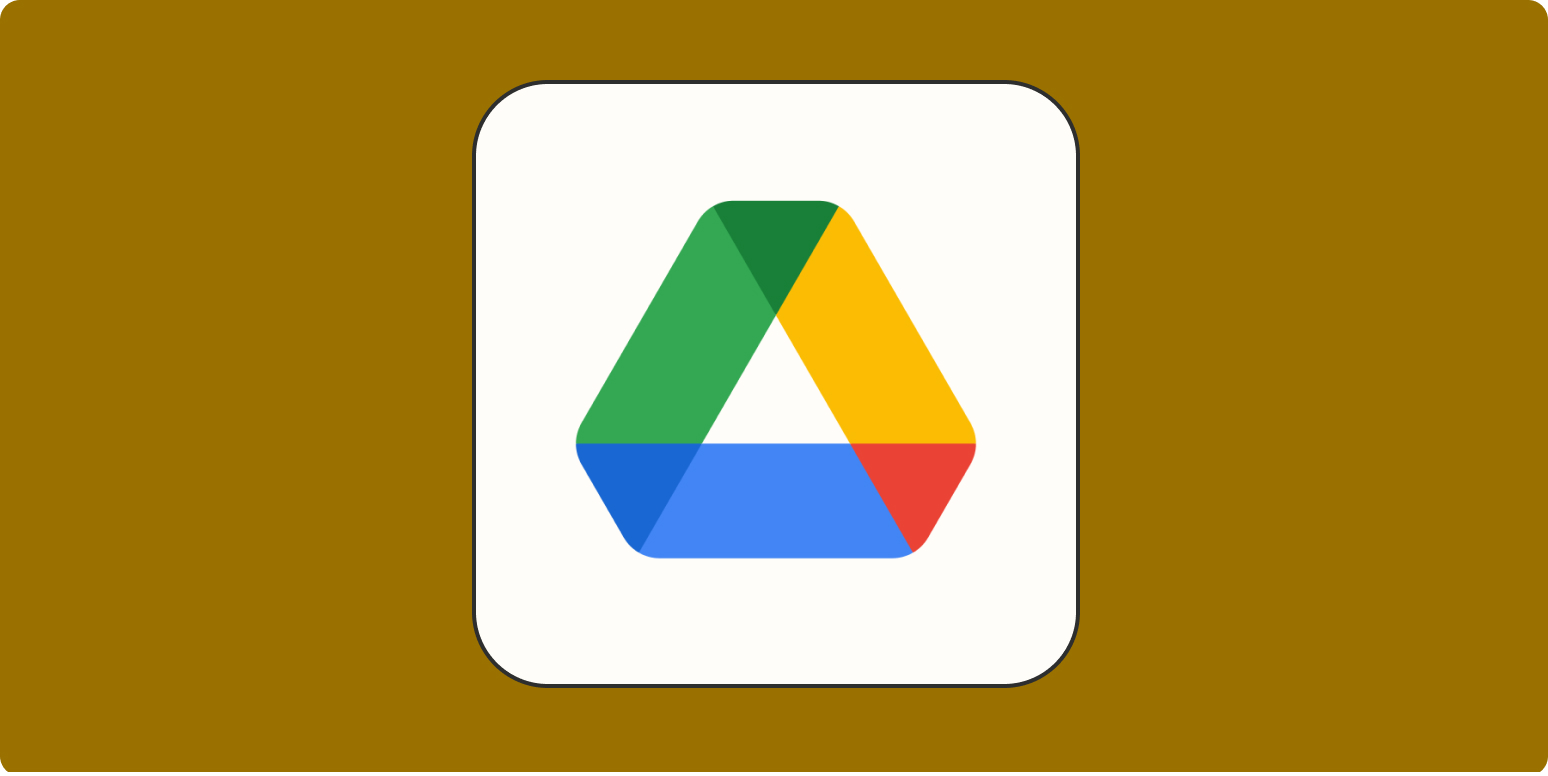
For professionals and teams who collaborate heavily in Google Docs, the "force copy" link is a productivity lifesaver that’s often underutilized. By altering the document’s share URL from /edit to /copy, you compel anyone accessing the link to create an individual version of the doc. This means people cannot unintentionally alter the underlying template, data, or reference material—greatly reducing the risk of accidental overwrites or loss of vital information. In educational settings, teachers distribute force copy links for assignments, ensuring every student starts with a personal copy and edits don’t interfere with each other’s work. Similarly, HR managers share onboarding packets as force copy links, so every new hire receives pristine, ready-to-use materials without legacy notes or data errors from previous users.
The force copy technique’s genius lies in its sheer simplicity. There’s no learning curve, and no additional tools; just edit the URL and send. As organizations become increasingly decentralized and remote-first, distributed teams need frictionless ways to use, distribute, and customize templates—whether they’re SOPs, marketing trackers, or brainstorming canvases. What’s more, using force copy helps maintain reliable version control without the overhead of document management systems. Stakeholders get autonomy, templates remain intact and easy to update, and team leads can rapidly iterate on materials with minimal confusion.
Industry experts view this workflow as a subtle but meaningful upgrade over mass-sharing edit permissions. Instead of introducing chaos as more collaborators jump in, the force copy approach sets healthy boundaries while promoting parallel workstreams. The result? Faster onboarding, lower frustration, and fewer copy-paste blunders. Real-world outcomes support these claims; one US-based nonprofit reported that switching its volunteer onboarding to force copy links slashed onboarding errors and dramatically sped up the process, as volunteers no longer modified shared files by accident.
For any workflow centering on shared documents, mastering force copy links is an essential hack. It’s as important for project leaders as it is for independent creators releasing templates or resources to the public. There’s also practical application in marketing: experts propose sending demo copies of one-pagers, fillable worksheets, or campaign planners while keeping originals untouched—making repeat collaboration seamless. In an era where digital clarity and speed drive performance, such simple Google Docs tweaks transform basic collaboration into a well-oiled operation.
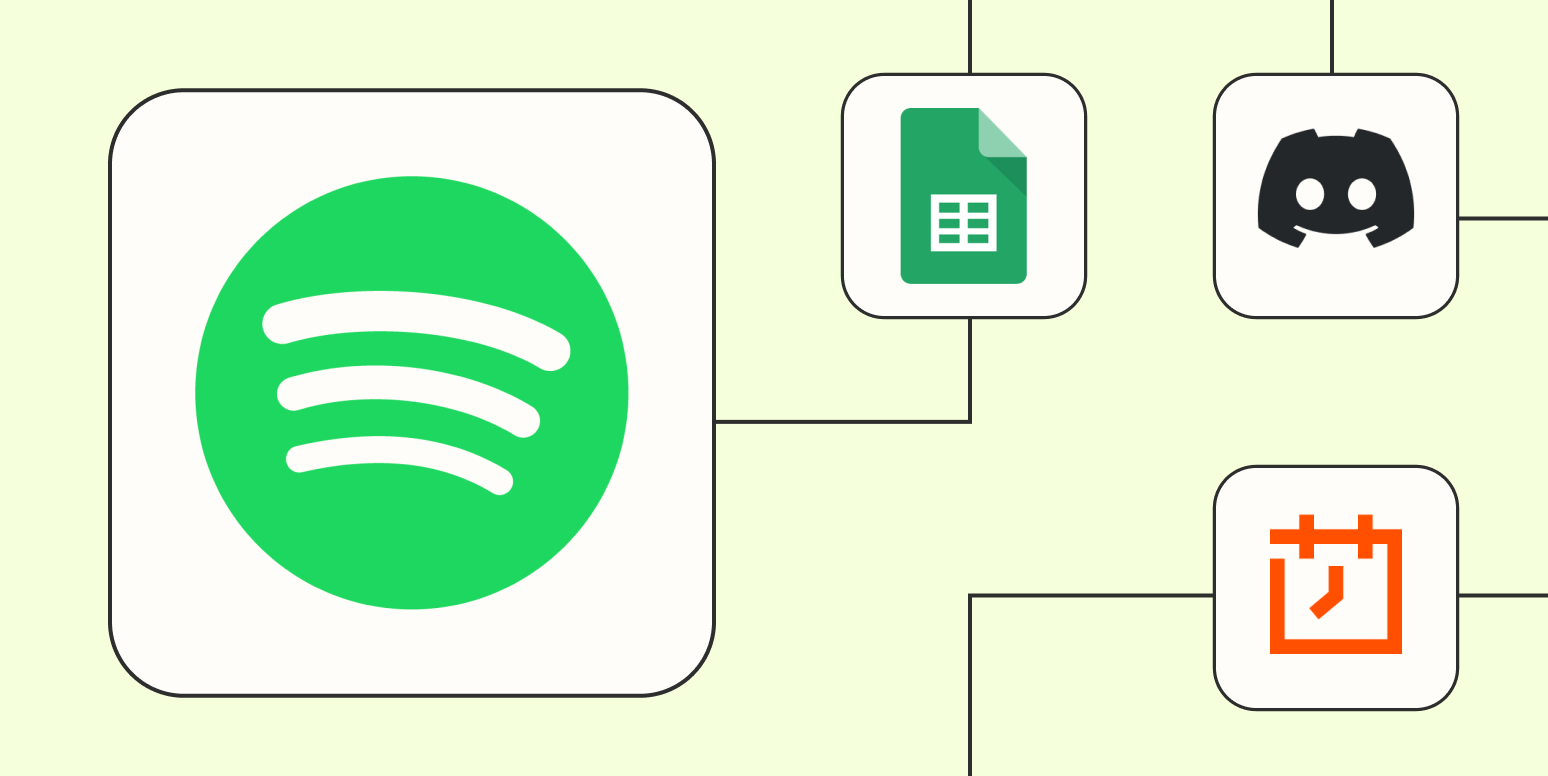
Spotify’s integration with Zapier has opened a new frontier in personal productivity and enjoyment by allowing users to automate and orchestrate their music experience like never before. One popular use case is playlist automation: by connecting Zapier to RSS feeds or music blog updates, users can automatically add newly recommended tracks to a specific Spotify playlist—ensuring their listening queue is always populated with the freshest finds without manual searching. Content creators and bloggers also leverage Zapier to push newly published playlists straight from Spotify into newsletters or social channels, amplifying reach and relevance with zero friction.
For users who closely follow artists, Zapier can be set up to watch for new releases via Spotify or external triggers (like Bandcamp or SoundCloud feeds) and then instantly notify you via preferred messaging apps—Slack, Telegram, or even SMS—so fans never miss a drop. Teams in creative fields have begun adopting Spotify automation as a morale and focus booster: set up a workflow where a daily "work sprint" playlist launches at the start of core work hours and a "wind down" set starts as the day ends, establishing a rhythm that supports cognitive performance and work-life separation. Productivity enthusiasts sync Spotify with time tracking or task management apps, such as toggling playlists to start automatically when a Pomodoro timer begins, reinforcing the link between sound and focus.
From an organizational perspective, automated sharing of Spotify listening activity—such as broadcasting the song you’re listening to into a shared Discord, Slack channel, or even a team wiki—can foster camaraderie and help remote teams establish mood and connection, especially during virtual co-working sessions. It’s a small cultural touchpoint but one with outsize impact, as studies have shown that shared musical experiences can enhance team bonding and reduce feelings of isolation. Even outside of direct work applications, automating music discovery (for example, by tracking Billboard charts or trending TikTok audio and updating a communal playlist automatically) means users always stay tuned to what’s popular or relevant without curatorial labor.
All these workflows demonstrate that Zapier’s Spotify integration isn’t just about reducing to-do list clutter. It empowers individuals and teams to elevate how music interacts with work, routines, and community. Whether you’re a solo knowledge worker, team lead, or creator, employing these automations transforms Spotify from passive background noise into an active, positive driver for productivity, focus, and well-being.
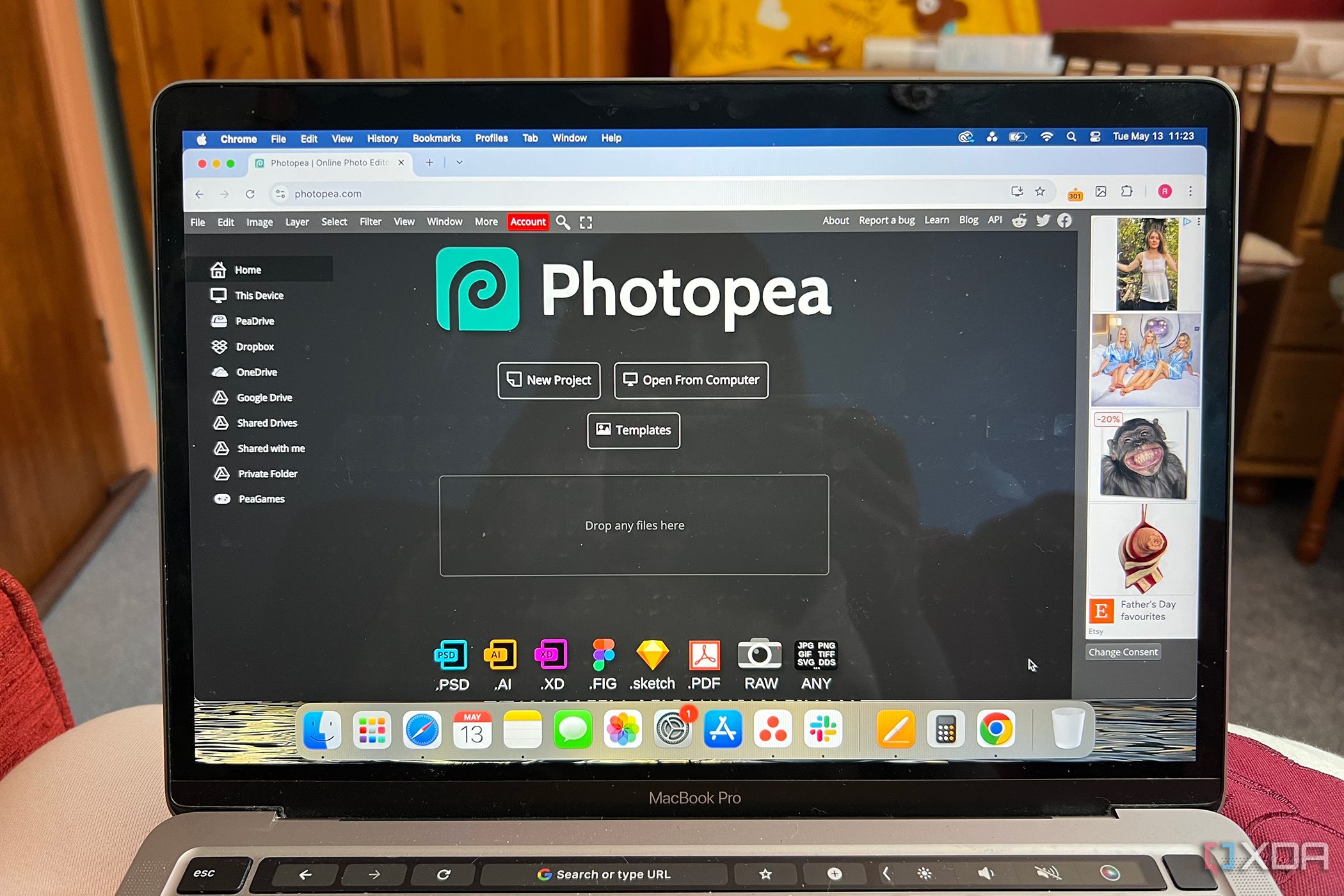
Browser-based design tools like Photopea have dramatically changed the playing field for professionals, students, and hobbyists seeking Photoshop-level functionality without hefty licensing costs or hardware constraints. Photopea, for instance, supports complex features—like layer masks, smart objects, and vector graphics editing—with a UI that mirrors the familiar layout of Adobe Photoshop. This makes the onboarding process easy for migrating users while also being approachable for beginners. Full support for industry-standard file types (PSD, AI, XD, Sketch) means you can open, edit, and export designs without compatibility headaches, ensuring seamless collaboration across platforms and teams.
Real-world users find browser-based tools especially effective in remote or distributed working environments. The only requirement is a browser and internet connection, so you can jump between computers, workstations, or even tablets while always staying synced and up to date. This is invaluable for agencies juggling multiple clients, freelance designers on the go, or teachers guiding students through digital art assignments on shared school hardware. The lack of installation or frequent update requirements slashes IT headaches and enhances accessibility—a critical advantage in today’s hybrid and globalized workforce.
Photopea and comparable tools also democratize design education and experimentation by offering full-featured free access supported by ads or reasonable subscription models for premium features. Educators can teach advanced editing, compositing, and branding using these tools, saving school budgets and empowering students to build real-world skills they can use in their professional careers. Case studies abound: in 2023, a nonprofit creative studio used Photopea for all digital asset creation for a campaign supporting underrepresented artists, citing low cost and barrier-free access as crucial enablers. From individuals developing a portfolio to small businesses needing rapid, visual content creation, browser-based design removes nearly all friction points and aligns perfectly with the surge in cloud-first, device-agnostic workflows.
Finally, browser-based products like Photopea are defined by agility. New features, bug fixes, and integrations arrive rapidly, responding to user feedback in real time. You get the best of open collaboration, without being tied to a slow-moving corporate software lifecycle. This supports creative freedom and fast iteration, two qualities that increasingly differentiate winning teams and products. As more professionals seek light, adaptable, and powerful creative solutions, browser-based design tools lead the way—for cost, speed, and the pure joy of making something beautiful from anywhere, anytime.
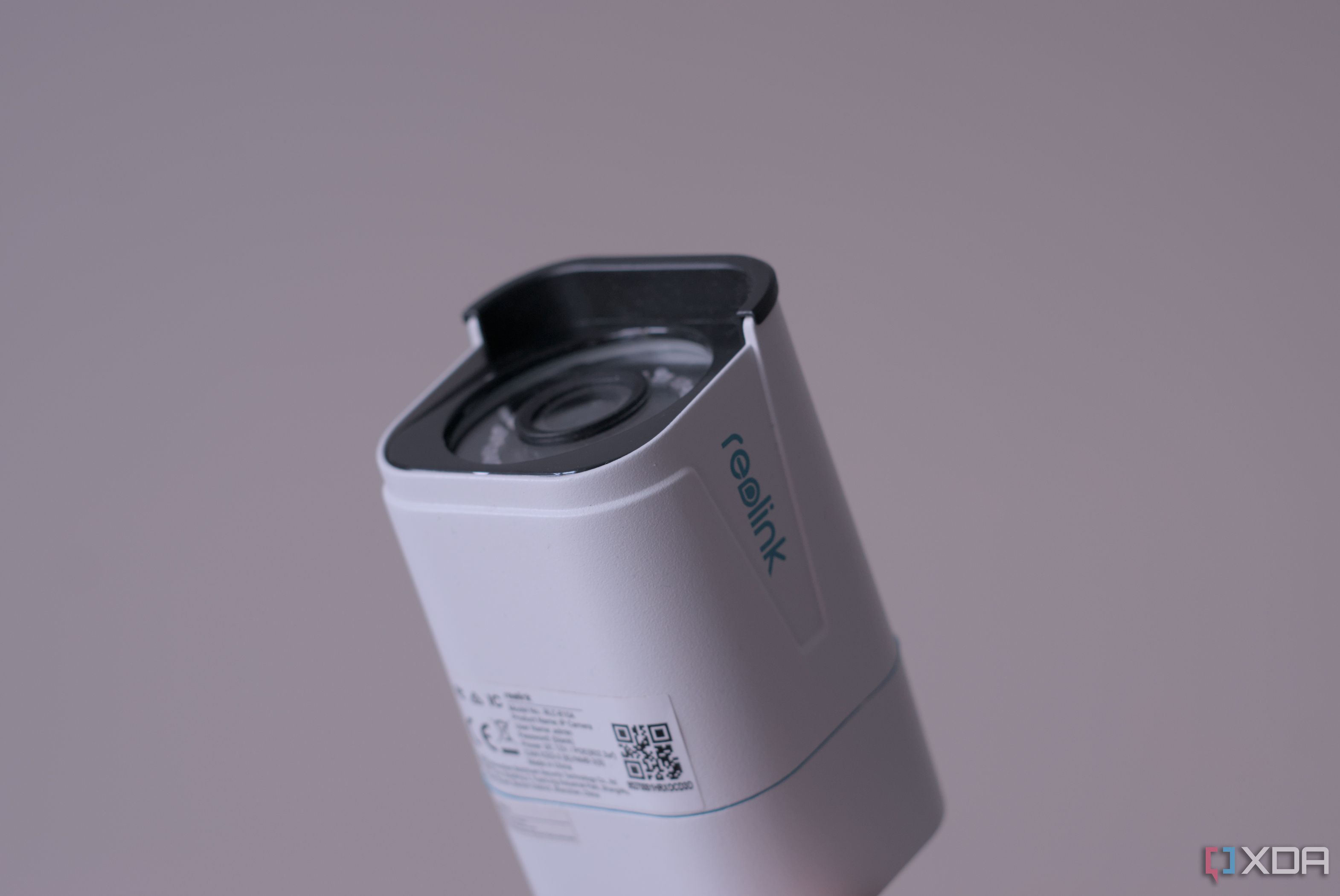
Frigate stands out in the home security landscape as a game-changing open-source NVR (Network Video Recorder) system built specifically for real-time AI-powered object detection. Unlike off-the-shelf commercial NVRs that lock users into specific cameras or require ongoing subscription fees for critical features, Frigate allows homeowners to integrate virtually any RTSP-enabled camera and manage recordings on their own local or network storage—completely free of recurring charges. For technophiles and privacy advocates, this means full control over where footage is stored, how long it is retained, and who can access sensitive video feeds, mitigating risks of third-party data leaks and unauthorized cloud sharing.
Frigate’s true superpower is its AI-driven object detection models, which run on affordable hardware like Nvidia Jetson Nano or even Coral USB accelerators. By identifying people, cars, pets, and even packages in real time, it nearly eliminates the parade of false alarms triggered by shadows, wind, or passing bugs—common complaints with conventional security alerts. Community stories abound: a homeowner in Texas reported dramatically fewer midnight wakeups once Frigate began filtering out non-human movement outside their backyard; another user in the UK credited the system with catching a package thief thanks to precise, event-based notifications that never got lost among dozens of irrelevant alerts.
Setting up Frigate is more approachable than it might seem: the software is well-documented, and its active community offers templates, integration guides, and real-world advice for both beginners and advanced users. Popular integrations with Home Assistant, Node-RED, and automation apps mean owners can build workflows that automatically turn on lights, sound alarms, or alert neighbors if suspicious activity is detected. This ecosystem makes Frigate highly flexible, capable of evolving as threats or needs change—something far less achievable with proprietary alternatives.
Adopting a privacy-first, self-managed system like Frigate also promotes a natural habit of reviewing, fine-tuning, and maintaining your security setup—leading to a more proactive personal safety culture at home. Many users say that building their Frigate-powered security environment was not only more affordable than anticipated but empowering too: it turned home surveillance into an active partnership rather than a passive, vendor-managed service. For anyone serious about digital and physical privacy, Frigate is not just a tool—it represents an entire philosophy shift toward ownership, accountability, and ongoing adaptation.

Obsidian has rapidly become the backbone of personal knowledge management for tech-savvy professionals, academics, creatives, and lifelong learners alike. Its core strength—bidirectional linking—turns what would otherwise be a messy tangle of notes into a living network of ideas. With just [[double brackets]], users create connections between concepts that nurture serendipitous insight and facilitate deep, non-linear research. For writers and researchers, this makes context recall and idea synthesis significantly faster and more robust than flat, folder-based tools. The resulting “second brain” isn’t just storage; it becomes a dynamic map of thought processes, project threads, and long-term goals.
But Obsidian’s real magic emerges through its extensibility. Plugins like Dataview let you build query-driven dashboards: imagine auto-generated reading logs, project trackers, or deadline reminders being pulled live from your own notes, giving you actionable insights at a glance. Spaced repetition tools embed flashcard review into your notes, helping you commit important facts or ideas to long-term memory. Kanban plugins add task management features that turn a humble vault into a tailored productivity powerhouse. Many professionals share that the Calendar and Periodic Notes plugins anchor their workdays, offering built-in daily journaling that smooths out goal tracking and weekly reviews. This modular approach ensures the system grows and adapts with your evolving work or learning needs.
Obsidian’s Markdown-first architecture is another distinguishing factor. Your notes are locally stored, future-proof, easily shareable, and resistant to proprietary lock-in. The vibrant Obsidian community continuously publishes plugin updates, CSS snippets, and productive workflows—making it easy for anyone to pick up best practices and accelerate their knowledge graph’s development. Real-life power users, such as independent consultants and novelists, highlight massive time savings in project management, resource tracking, and seamless content reuse across blog posts, newsletters, and reports. Unlike note silos or conventional digital file cabinets, Obsidian lets every fragment of knowledge support active work and continuous learning—yielding compounding productivity benefits as your vault grows.
For those willing to explore, Obsidian’s potential is nearly limitless: academic journaling, business documentation, course creation, or even collaborative research. Invest the time to experiment with its key features and plugins, and you’re likely to look back—like many experts do—and wish you had started sooner. The leap from static notes to a living, breathing knowledge system can reshape how you think, plan, and create, bringing both immediate gains and enduring satisfaction.
